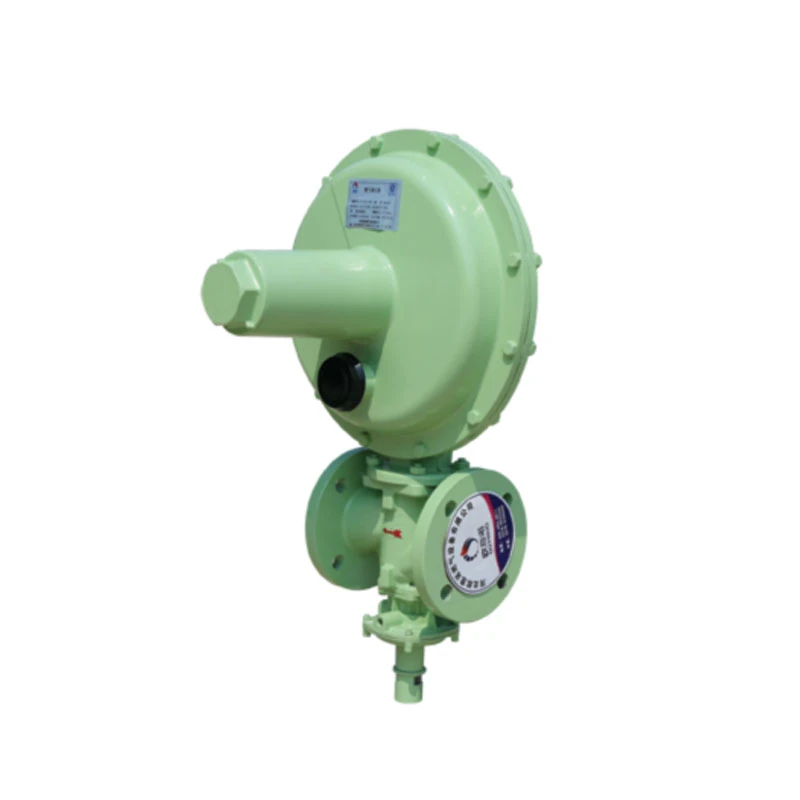
Dec . 15, 2024 14:49
Back to list
Gas Pressure Regulation Valve and Its Applications in Energy Systems
Gas Pressure Reduction Valve Essential Component for Safe Gas Management
In today's world, natural gas plays a vital role in energy consumption across various applications, including residential heating, industrial processes, and power generation. However, to ensure the efficient and safe use of gas, managing its pressure is crucial. This is where the gas pressure reduction valve (commonly referred to as a pressure regulator) comes into play. These devices are essential for maintaining suitable gas pressure levels and ensuring safety in gas distribution systems.
Understanding Gas Pressure Reduction Valves
A gas pressure reduction valve is a mechanical device used to regulate the pressure of gas coming from a high-pressure source down to a lower, more manageable level. The primary purpose of these valves is to ensure that the gas pressure remains within predefined limits, protecting downstream equipment, piping, and users from potential damage caused by excessive pressure.
How They Work
The operation of a gas pressure reduction valve is quite straightforward. It consists of several key components an inlet and outlet port, a diaphragm or spring mechanism, and an adjustable set screw or knob. The high-pressure gas enters the valve through the inlet port, where it encounters the diaphragm. The diaphragm's position is influenced by the pressure exerted on it, which either opens or closes the outlet port.
.
Importance of Pressure Regulation
صمام تخفيض ضغط الغاز

One of the primary reasons for incorporating gas pressure reduction valves in gas distribution systems is safety. High-pressure gas can lead to hazardous situations, including pipeline ruptures, equipment failures, or even explosions. By ensuring that the pressure is kept within safe limits, these valves help prevent accidents that could endanger lives and property.
Furthermore, pressure regulation contributes to the efficient operation of gas appliances and equipment. Many gas appliances, such as heaters and stoves, are designed to operate within specific pressure ranges. If the pressure is too high or too low, it can lead to inefficient combustion, wasted energy, and potential damage to the appliance. By maintaining the correct pressure, gas pressure reduction valves enhance the overall performance and lifespan of these devices.
Applications
Gas pressure reduction valves are used in a wide variety of applications. In residential settings, they are commonly found in gas supply lines leading to furnaces, water heaters, and stoves. In industrial contexts, these valves help regulate gas used in manufacturing processes, ensuring that equipment operates safely and efficiently.
Additionally, pressure regulators play a crucial role in natural gas distribution networks. Gas utility companies implement these valves to manage pressure as the gas is transported through pipelines, adjusting it according to demand in different areas. This regulation helps maintain a consistent supply of gas to consumers while minimizing the risk of pipeline failures.
Conclusion
In summary, gas pressure reduction valves are vital components in the safe and efficient management of gas systems. By regulating gas pressure, these devices protect equipment, enhance appliance performance, and, most importantly, ensure safety for users and the surrounding environment. Their versatility and reliability make them an indispensable part of both residential and industrial gas applications. As we continue to rely on natural gas for our energy needs, the importance of robust and effective pressure regulation cannot be overstated. Investing in quality gas pressure reduction valves is a key step toward achieving safe and efficient gas usage in our daily lives.
Next:
Latest news
-
Safety Valve Spring-Loaded Design Overpressure ProtectionNewsJul.25,2025
-
Precision Voltage Regulator AC5 Accuracy Grade PerformanceNewsJul.25,2025
-
Natural Gas Pressure Regulating Skid Industrial Pipeline ApplicationsNewsJul.25,2025
-
Natural Gas Filter Stainless Steel Mesh Element DesignNewsJul.25,2025
-
Gas Pressure Regulator Valve Direct-Acting Spring-Loaded DesignNewsJul.25,2025
-
Decompression Equipment Multi-Stage Heat Exchange System DesignNewsJul.25,2025

